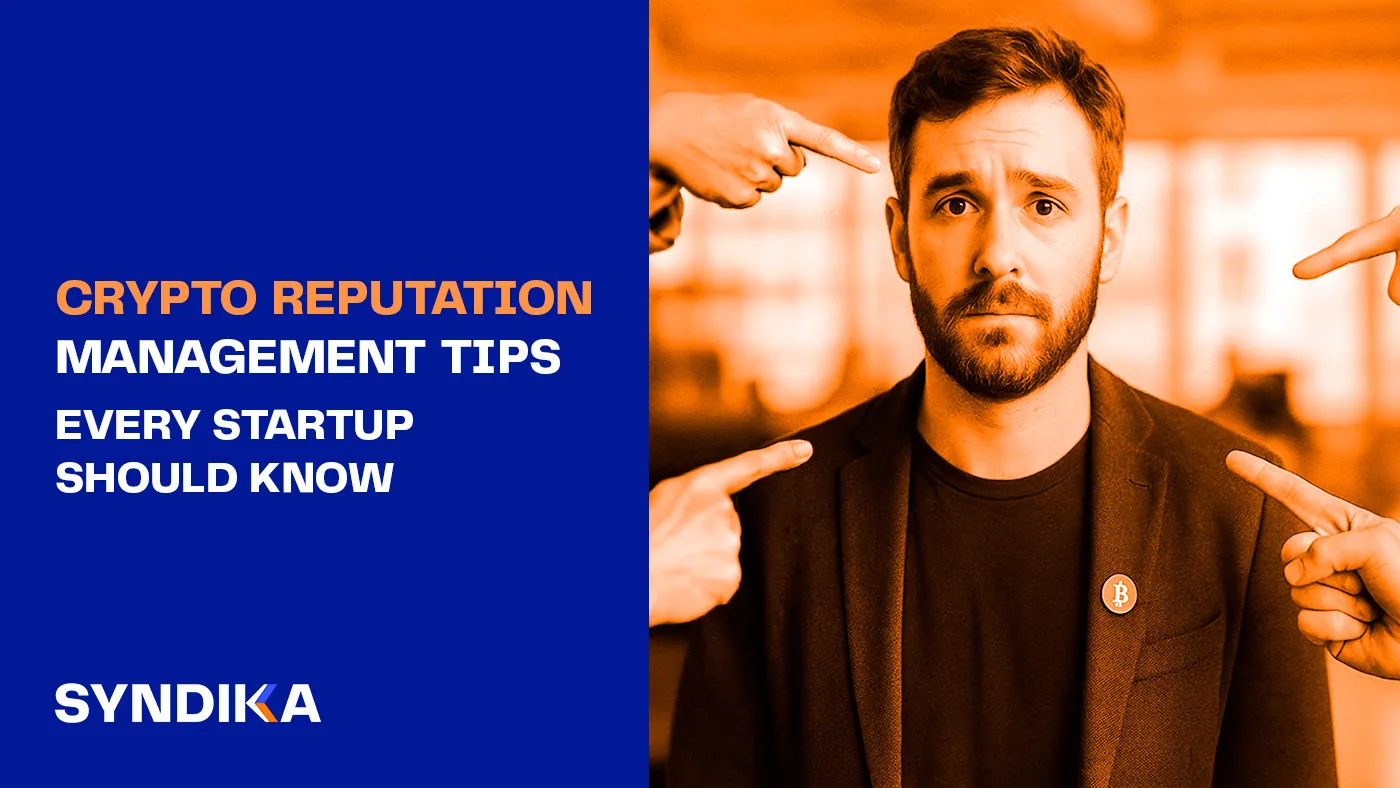
According to a study by CoinGecko, over 70% of crypto tokens launched in 2021–2023 have lost more than 90% of their value within a year. We bet you know such a crypto project that faced a significant value drop after launching its Web3 token.
The thing is that while market cycles and hype do play a role in crypto, the deeper issue lies in the tokenomics of a blockchain project. Done right, tokenomics is your project’s long-term growth engine. Done wrong, it becomes a ticking time bomb.
If you are planning to kick off your token, here are seven common tokenomics mistakes that most Web3 founders wish they knew before they launched their tokens.
1. Launching Your Token Before Building The Product
In the Web3 ecosystem, many founders rush to launchpads or centralized exchanges without a working product, hoping the token listing will generate traction and community interest. But listing a token before delivering real utility is a surefire way to invite short-term speculation. Without an MVP, early liquidity simply attracts traders, not users who are in it for quick gains and will exit the moment the hype fades.
Moreover, an early token launch creates pressure to perform in public since everybody will wait for more news and token price rises from you than you can actually produce. The better path is to build a solid foundation: launch your MVP, attract an initial wave of organic users, and show real activity that tokens can further amplify.
2. Creating a Token Without A Real Token Utility
One of the most overlooked questions in a token launch strategy today is whether you even need a token. Too many blockchain projects treat tokens as a default feature. The result is a community of airdrop hunters and speculators holding tokens that have no real use.
A token should be embedded into your ecosystem’s core logic—governing access, enhancing user experience or security, or enabling decentralized coordination.
Vincent de Vos, Founder and Chief of Tokenomics at Chainforce, Syndika’s partner, believes that “you should think of it as giving your token different ‘jobs’ in your ecosystem:
Solution Access:
Tokens grant users access to features, services, or exclusive benefits, enhancing user experience and platform stickiness.
Value Capture Mechanisms:
Tokens entitle holders to a share of revenue, profits, or other value generated by the protocol, aligning user incentives with platform growth.
Decentralized Governance Participation:
Tokens are used to participate in governance decisions, giving holders a real stake in the protocol’s direction.
Ecosystem Integration:
Tokens have utility not only within one platform but across multiple DeFi protocols, broadening their usefulness.”
3. Focusing Only on Pre–TGE Economic Conditions
Another tokenomics pitfall is ignoring the importance of actively managing token supply, demand, and liquidity throughout the entire lifespan of the token (not just at the beginning of your TGE (Token Generation Event).
“Without careful planning, early market enthusiasm can quickly sour due to poor unlock schedules, liquidity gaps, or unsustainable incentives. Launching with too much circulating supply can drive early sell-offs; too little can create illiquidity and price spikes that repel real users,” says Vincent de Vos.
Instead, the expert recommends the following strategy:
- Implementing unlock and vesting schedules that align with meaningful business milestones.
- Designing liquidity provisioning plans that strike a balance between market stability and accessibility.
- Establishing ongoing post-launch analytics to monitor real-world market dynamics and refine strategy as needed.
“Remember: TGE is a starting line, not the finish,” he adds.
4. Absence of Fair Token Value Estimation
Vincent de Vos believes that “many Web3 founders skip rigorous valuation work and let the market hype or investor pressure dictate initial token prices. The result? Overinflated, fully diluted valuations (FDVs) that set unrealistic expectations and create long-term sell pressure.”
Fair token valuation isn’t about crystal ball predictions, it’s about ensuring your token’s price reflects the real economic value your project can generate.
To achieve this, he suggests a more grounded approach:
- In your tokenomics design, clearly define how your token contributes to and benefits from the value created in your ecosystem.
- Translate key business metrics—such as user growth, revenue, and transaction activity—into drivers of token demand.
- Run simulation-based scenarios to estimate realistic, sustainable price ranges based on different growth trajectories.
“By setting a fair and attainable valuation, you’ll build lasting trust with your community and investors, rather than short-lived hype,” adds Vincent.
5. Not Validating and Stress Testing Your Token Economy
Too often, Web3 startups build complex models on paper, forgetting or not realizing that they need to validate how their token model will eventually behave in real-world conditions. “Without stress testing, you have no idea how your tokenomics will perform under slower growth, market downturns, or unexpected user behaviors,” shares Vincent de Vos.
What’s the solution?
“Build a token simulation environment—a digital twin of your token economy. Run Monte Carlo simulations to test under different market and adoption scenarios. Validate assumptions about user behavior, revenue generation, and liquidity dynamics, “ says Vincent.
6. Lack of Transparency in Tokenomics
Transparency is the foundation of trust in any token economy. Unfortunately, many projects fail to publish clear and comprehensive tokenomics. Missing information about allocations, a vague or absent token vesting schedule, and unclear decision-making processes raise red flags for both users and investors.
Simple things like charts, timelines, and clear explanations, on the other hand, help people understand and believe in your project.
Transparency doesn’t mean telling every little thing. It’s about creating confidence in the system. When you publish clear tokenomics, you give the market a reason to believe in your long-term game.
7. Overusing Airdrops and Crypto Incentives
Crypto airdrops have become a common feature of Web3 growth strategies. When done right, they can spark awareness and reward early users. But despite their popularity, airdrop campaigns are also one of the most overused and misapplied tools in the space.
Many founders launch them expecting to build a loyal community or generate instant liquidity and trading volume. The reality, however, is far less promising.
Vincent de Vos is sure that airdrops can lead to:
“Mercenary Users: Airdrops attract users who have zero loyalty and are quick to sell once they receive their tokens.
Short-Term Hype, Long-Term Pain: Token prices spike temporarily, only to crash once the airdrop recipients dump their holdings.
No Real Engagement: Without clear utility or ongoing reasons to hold the token, users disengage, leaving the ecosystem hollow.”
Bottom Line…
Tokenomics is not just a technical document. In Web3, it is the heartbeat of your project’s long-term success. Poorly thought-out models invite volatility, destroy user trust, and ultimately jeopardize everything you’ve built.
At Syndika, we know this firsthand as we work closely with blockchain startups to assist them in crafting token models that are sustainable, investor-friendly, and community-aligned.
In the end, what matters most is building a real business with real value. Your Web3 token should be a solution that supports that vision, not a product you’re trying to sell.



